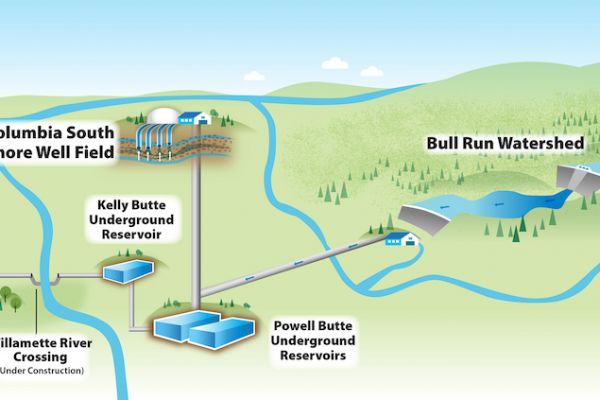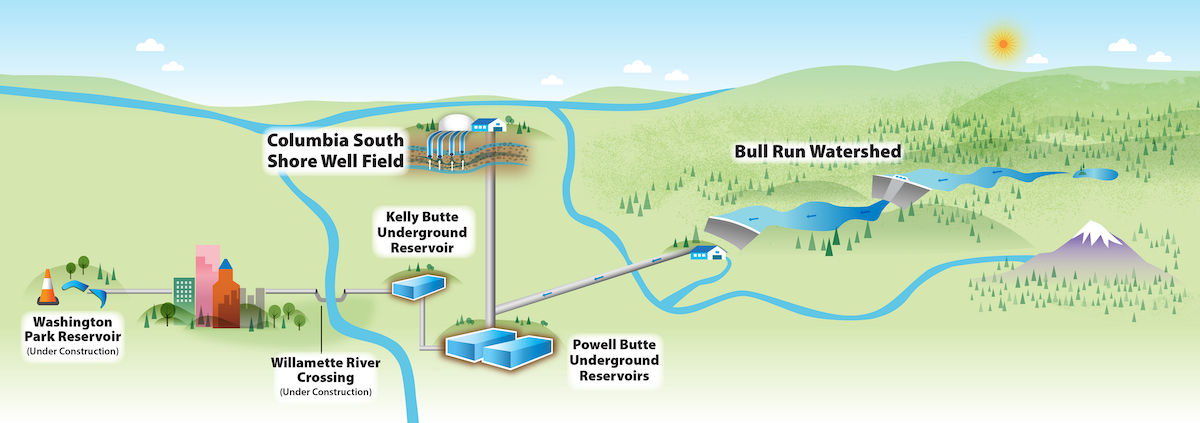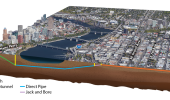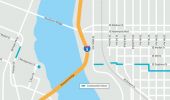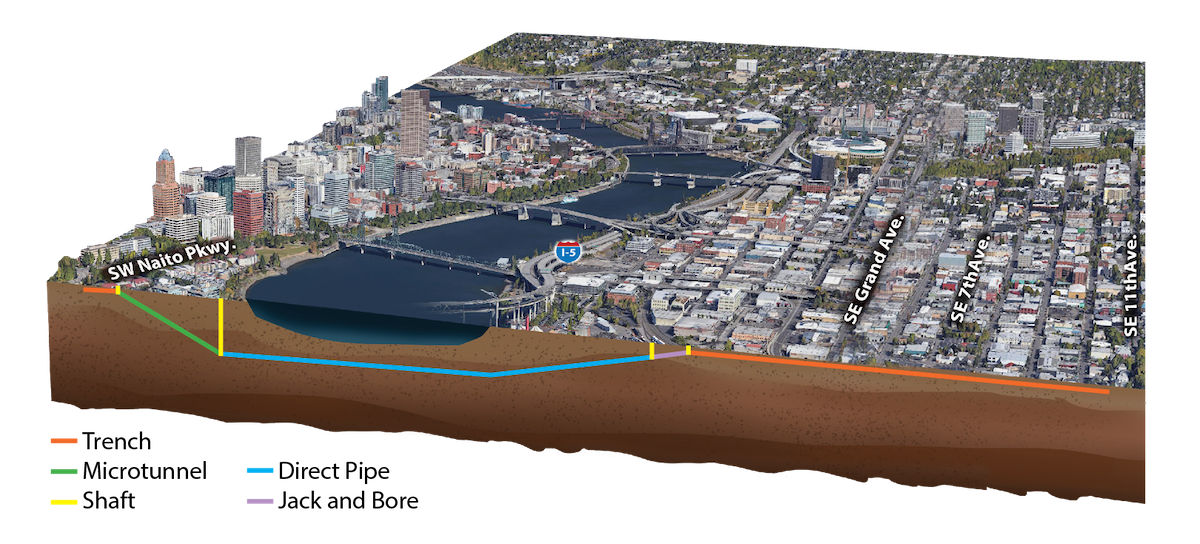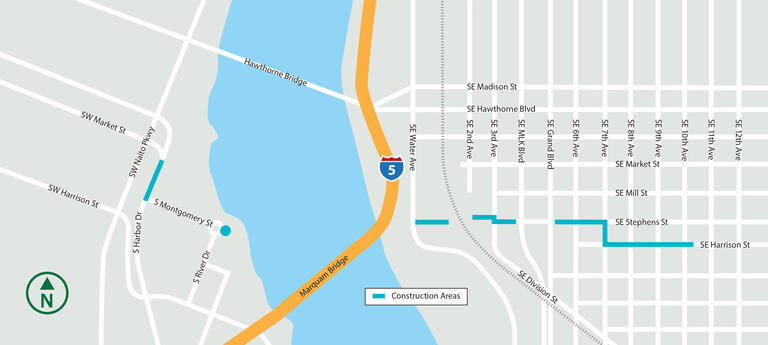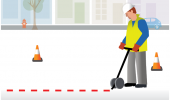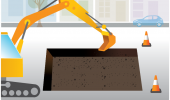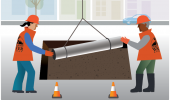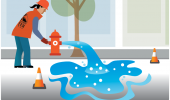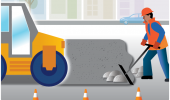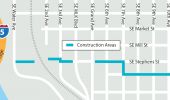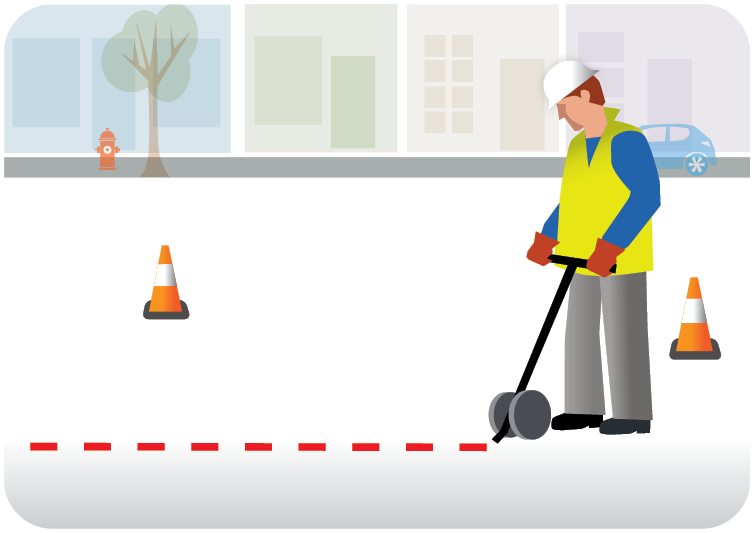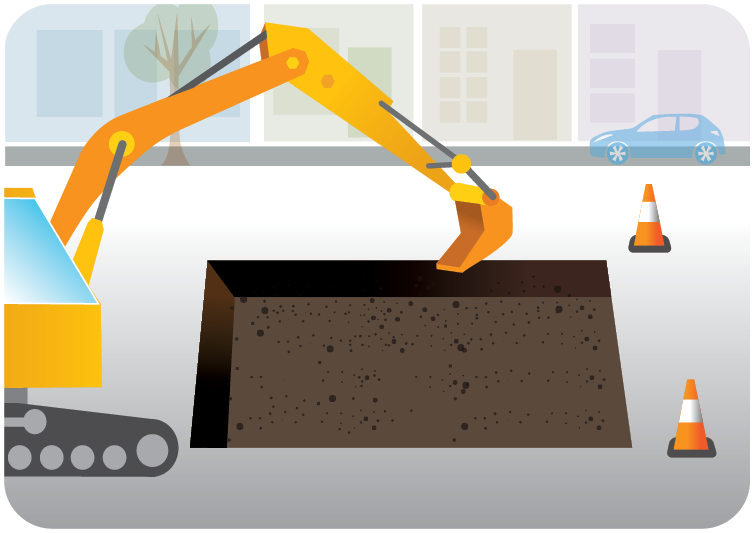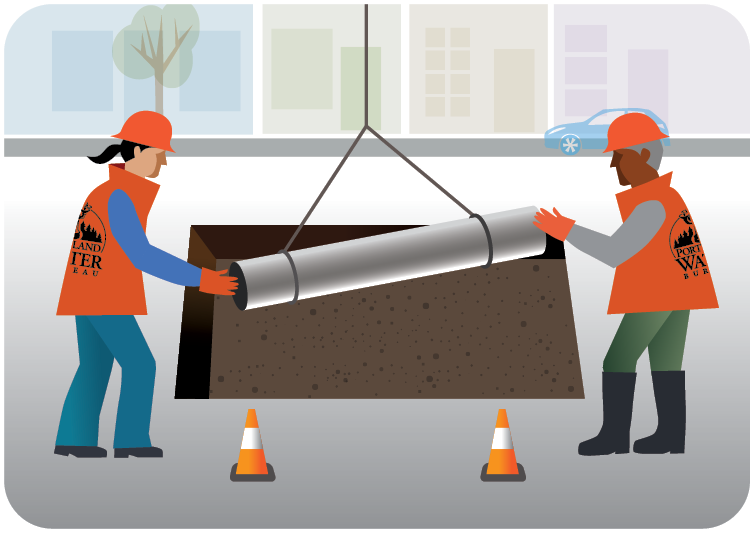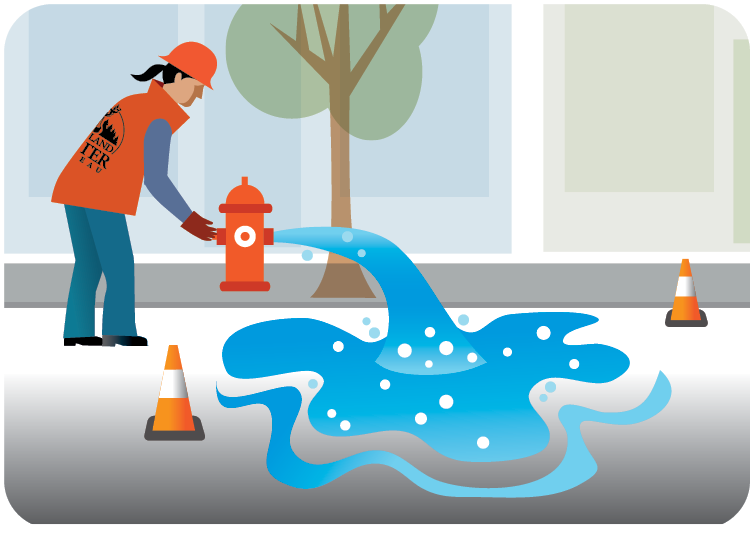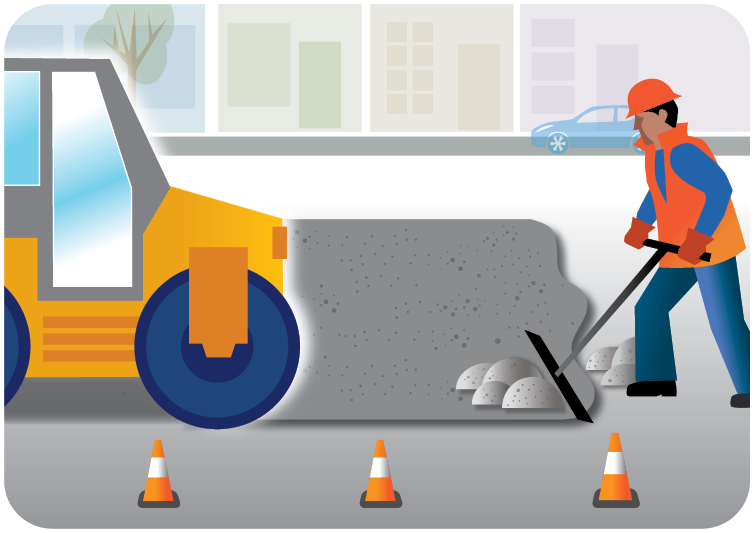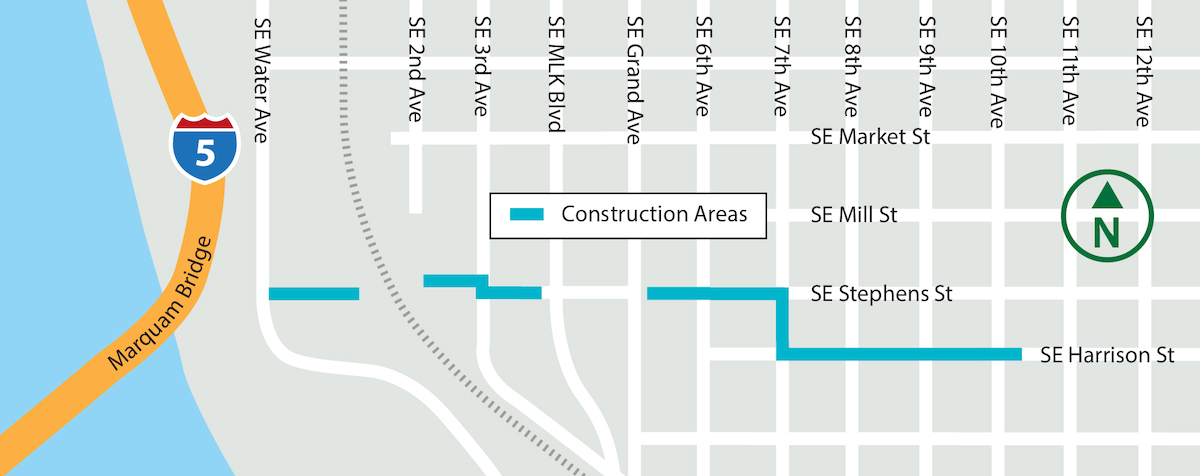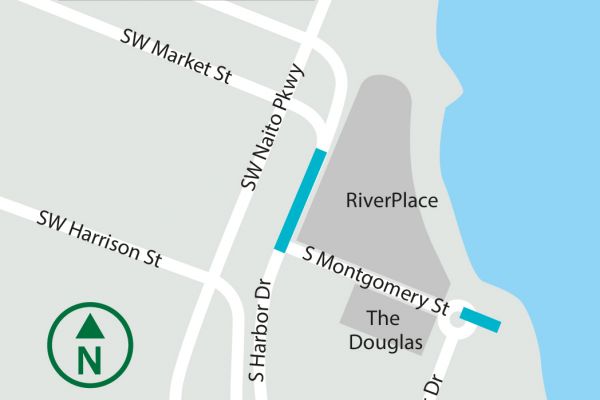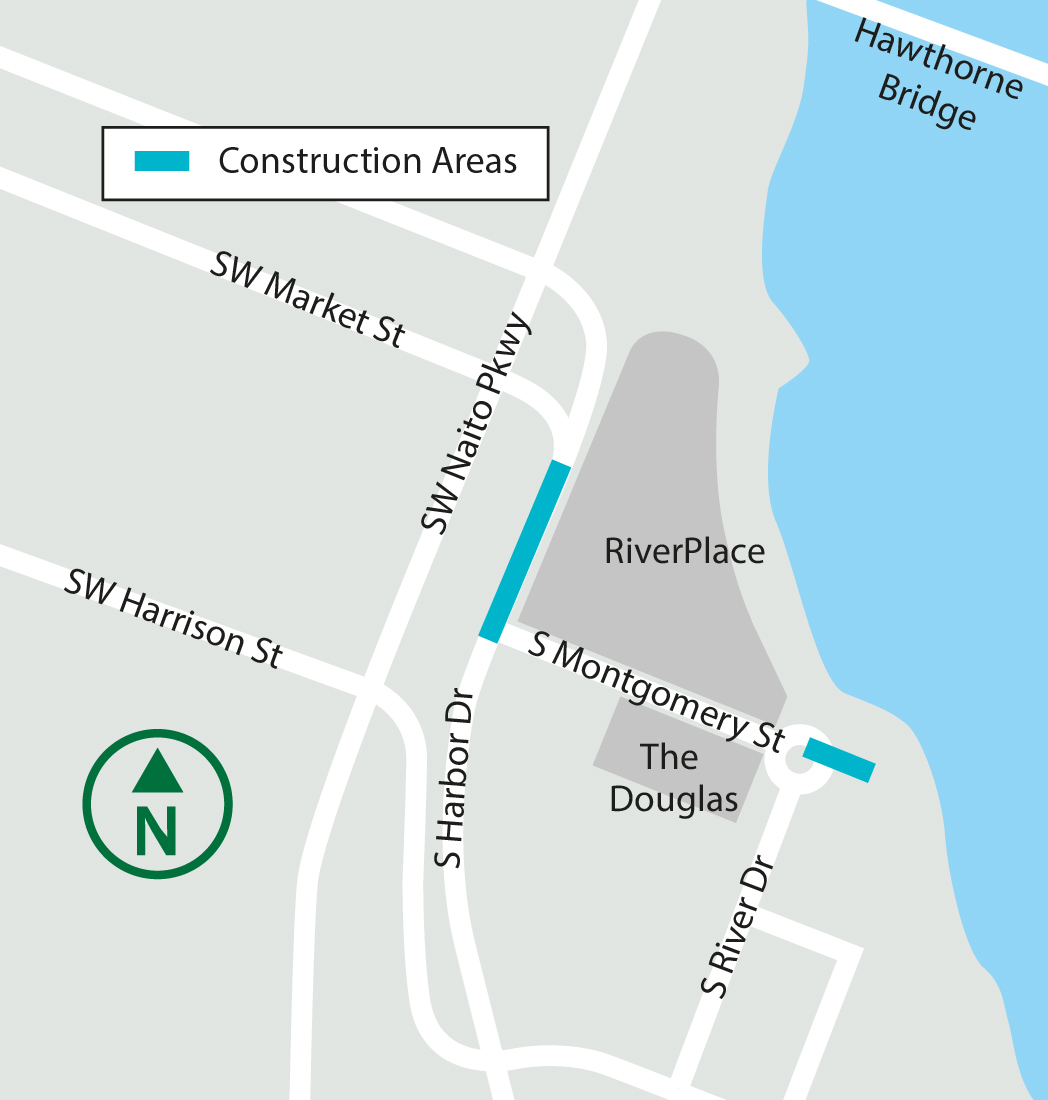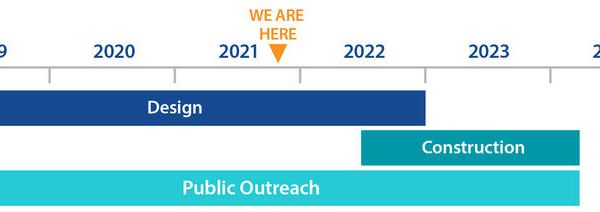This statement describes how we collect and use personal information that you provide to us. By using our sites, services, or participating in JLA hosted events, you are consenting to our processing of your information as described below.
Who we are
JLA Public Involvement (“JLA”) is a consulting firm that works with public agencies to share information about projects and gather feedback to help guide public decisions. We’re based in Portland, Oregon, U.S.A, and we encourage you to contact us if you have any questions or concerns about our services or policies: privacy@jla.us.com, 503-235-5881.
What we collect
JLA creates feedback forms and surveys for the purpose of informing public decisions. This information will often include personal information such as your name, email address, mailing address, phone number, or other contact information that can be used for providing updates about a project.
We may also request demographic information such as your ZIP code, gender, age, income, education, race, or language to help us improve our outreach and understand whether we are reaching a representative cross-section of the public.
When you use our websites, we also automatically collect some information about your computer or device. This includes what kind of website browser or operating system you are using, your Internet Protocol (IP) address, and the date and time when you used our site(s).
What we do with your information
JLA is usually hired to collect voluntary information (such as survey responses or contact information) on behalf of a public agency. While we sometimes provide our clients with raw data that associates your personally identifiable information with your responses, we usually provide this information in the form of a report that does not identify you by name.
We will not otherwise share or sell your contact information although the information that you provide to public agencies through us may be subject to public information requests.
Public Information
In some cases, the information that you share will may be posted publicly for others to read. When this is the case, your comments may be subject to additional review to ensure that they are appropriate for the forum or exercise. Questions where your comments will be posted publicly will be noted.
Aggregate reports based on data that you provide may also be posted on public websites for the purpose of informing public decisions.
Data Retention
JLA will typically maintain archival records that include submitted data and details about your participation. We keep this information since many of our projects span multiple years and we are sometimes asked by our public clients to demonstrate that individuals or groups were contacted as part of our outreach process.
We will sometimes reference archived contact information if a new project is relevant to individuals and groups identified through prior projects.
Our partner firms and public clients may have their own data retention polices that JLA does not control.
Security
We do our best to use appropriate technical and organizational security measures to protect your personal information from unauthorized access, both during transmission and once we receive it.
We will do our best to provide reasonable data security whenever possible, though due to the public nature of our work, it is not always possible to withhold information that is subject to Freedom of Information Act (FOIA) requests.
Unfortunately, no method of transmission over the Internet or electronic storage is 100% secure and we cannot guarantee its absolute security. For this reason, and because it is not the nature of our work, we will never ask for information such as social security numbers, or financial information.
Your rights
JLA would like to be transparent about how we use the information we collect from you.
Access to Specific Information and Data Portability
You may contact us if you have questions about what data we have collected and how we have used your personal information. Once we receive a request and confirm your identity we will disclose to you:
- The type of information we have collected from you
- The purpose for collecting the information
- The clients with whom we have shared your information
Requesting Information
If you wish to make a request for access to this information please contact us at privacy@jla.us.com, or 503-235-5881 and be prepared to provide information that allows us to reasonably verify who you are. (Typically this just means receiving a request from an email address associated with the information request.) Please also be prepared to offer enough context to describe your needs.
Deletion Requests
Upon verification of your identity, you may request that JLA delete your information from our records.
We may not be able to respond to full deletion requests if your information has already been provided to our public clients who are subject to their own data retention policies. It may also not be possible to delete information that you provide that has been already used anonymously as part of an aggregate summary or published in other public documents.
Response time
We’ll do our best to respond to your concerns in a timely manner, and we should be able to process most requests within 1-2 business days.
Cookies
Like most website operators, JLA uses “cookies” to record a small amount of information regarding how you use our site(s). JLA only uses cookies that are strictly necessary to the functionality of our website(s). We do not use cookies to provide advertising or other targeted content. JLA does however use third party services such as Google Analytics that may have their own tracking mechanisms.
Since cookies only exist on your computer, you almost always have the option to manage cookies using the settings in your browser. Most browsers allow you to:
- See what cookies you have and delete them
- Block some or all cookies from being set
- Delete all cookies when you close your browser
Deleting cookies may require you to provide login information or reset your preferences on our websites, but should not prevent you from using our services. However, if you block cookies entirely, our websites may not work properly. For these reasons, we do not recommend turning cookies off completely.
Other Sites and Services
JLA’s websites and services may contain links to external websites, agencies, services, and (rarely) advertisements that we neither own nor control. You may also see links provided in public comments. We don't endorse or assume responsibility for third-party sites, information, materials, products, or services.
To provide a seamless and convenient experience, some JLA sites embed content (usually using “iframes”) that allows you to answer survey questions or provide personal information that is then stored with third party services. These sites may be governed by their own privacy and data-retention policies that we cannot control.
Changes to this information
This policy was last updated in December 2020. We reserve the right to update or replace this information as needed and we will make our best effort to maintain updated links on our websites to this information.
Contact Information
Please contact us if you have any questions about our services or concerns: privacy@jla.us.com or call 503-235-5881.
